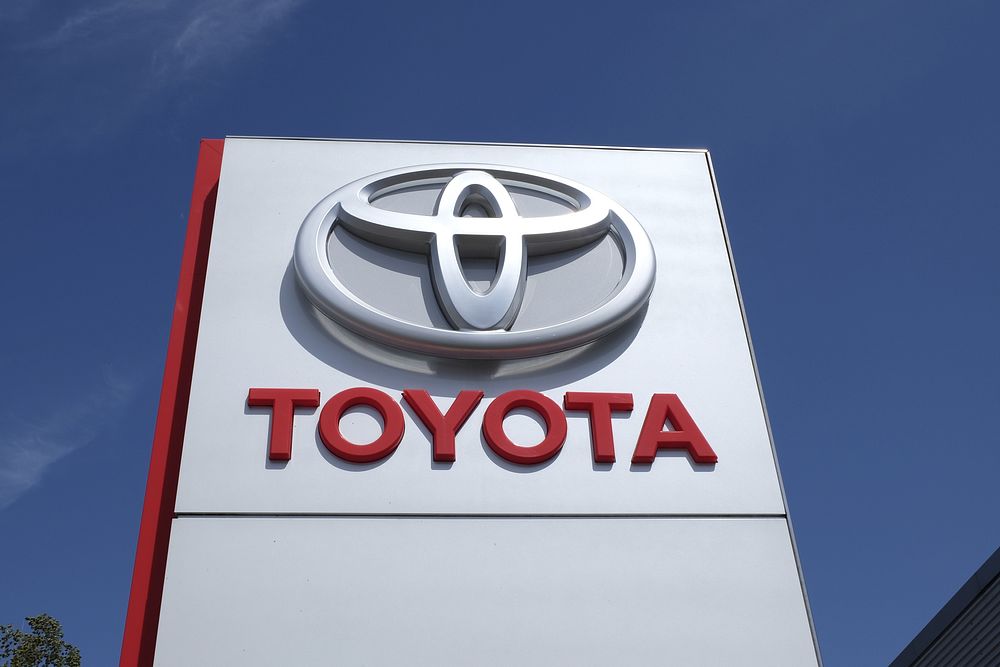Toyota plans to produce at least 2.5 million vehicles annually in China by 2030. This significant shift will bring its sales and production operations in China closer together and give local executives more autonomy in development.
This strategy marks a pivotal change for the world’s best-selling automaker in the largest car market. It highlights Toyota’s goal to regain market share that it has lost to BYD and other domestic competitors in recent years.
Toyota’s strategy differs from that of other global automakers, including Japanese companies, which are reducing their presence in China or withdrawing altogether.

The company plans to increase its production to reach up to 3 million vehicles annually by the end of the decade. However, it has not set a formal target for this goal. The insights come from three individuals who requested to remain anonymous because the information has not yet been disclosed publicly.
The larger number indicates a 63% increase from the record of 1.84 million vehicles produced in China in 2022. In the previous year, Toyota manufactured 1.75 million vehicles there.
To reassure parts makers and secure its supply chain, Toyota has informed some suppliers about the planned increase in production.
In response to inquiries from Reuters, Toyota stated, “With the intense competition in the Chinese market, we are constantly considering various initiatives.” The company added that it would continue to focus on producing “ever-better cars” for the Chinese market.
The Japanese automaker plans to align the sales and production operations of its two Chinese joint ventures to enhance efficiency, according to two sources.
The company also aims to delegate as much development responsibility as possible to staff based in China. These staff members have a better understanding of local market preferences, especially regarding electrified and connected car technology, the sources reported.
TOO LATE
Toyota is increasingly aware that it must rely more on local staff to lead and accelerate product development in China. A source indicated that without this shift, “it will be too late.”
Legacy automakers, including Toyota, have struggled in China as domestic electric vehicle (EV) manufacturers quickly introduce affordable, battery-powered cars with advanced technology.
Last year, Toyota announced plans to enhance collaboration between its R&D center in Jiangsu province and its two local joint ventures.
A significant issue for Toyota is that vehicles developed independently by its joint venture partners are performing better in the market than those produced with Toyota’s involvement.
For example, the FAW Group’s Hongqi brand and GAC Group’s Aion EV outsell the respective models from FAW Toyota Motor and GAC Toyota Motor. To address this, Toyota aims to better integrate the expertise of local partners into its vehicles.
Currently, both joint ventures produce the same vehicle, which is then sold under different designs and company names—a practice known as “twinned vehicles.” In the future, production for each model will be consolidated at one of the joint ventures.
The models will then be available at the dealerships of both joint ventures.
Japanese automakers have faced challenges, and Japanese parts suppliers with operations in China have also been affected.
During its earnings announcement on Wednesday, Toyota reported that its operating income in China declined during the first half of the financial year. This drop was mainly due to increased marketing costs stemming from intense price competition with Chinese brands.
Amid this competitive landscape, Mitsubishi Motors Corp has withdrawn from China, while Honda Motor and Nissan Motor have chosen to reduce their local production capacity.
Click here for more Business news.

